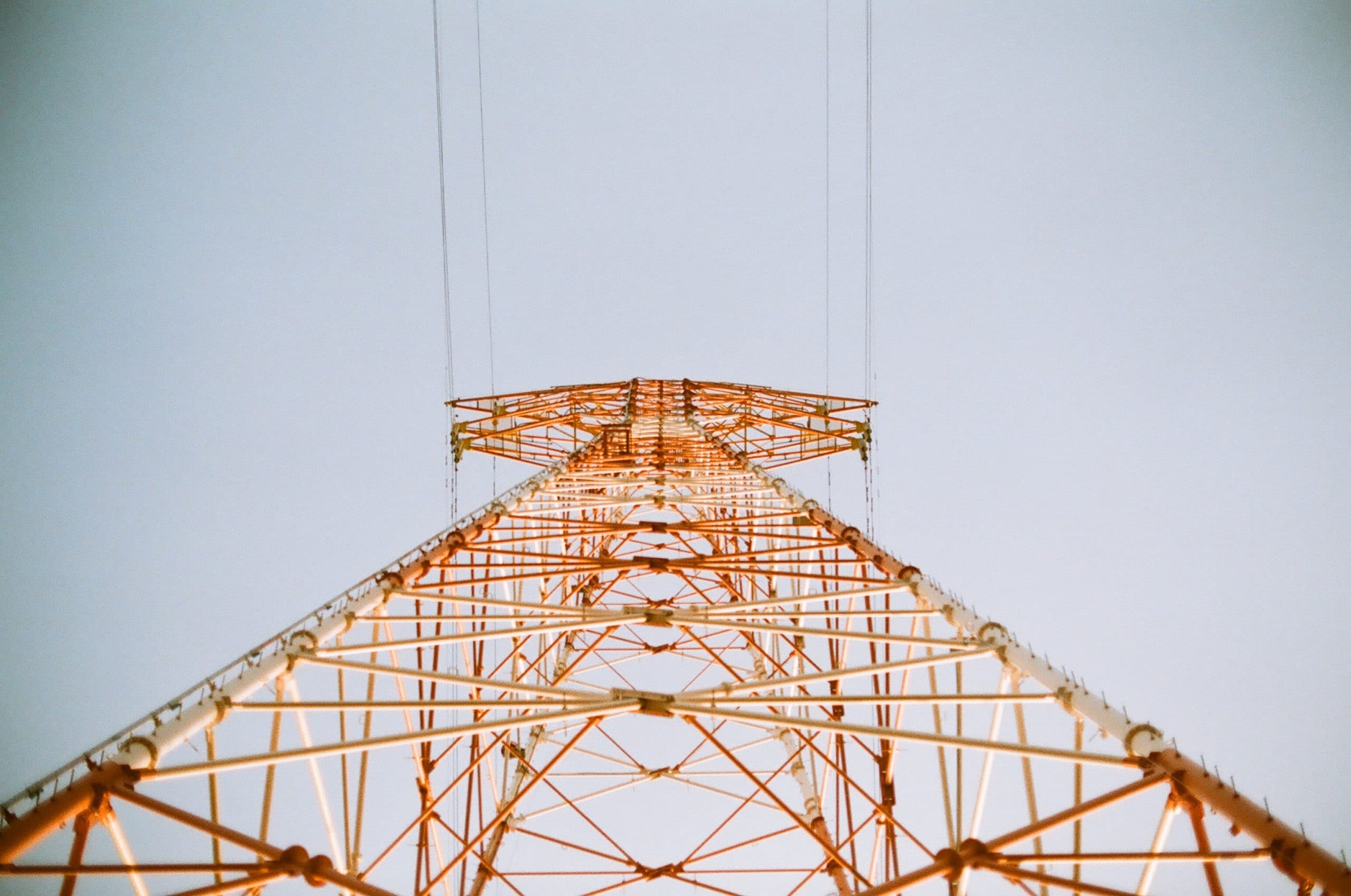In the evolving energy world, we hear lots of talk about “resilience” and “reliability.” What exactly do these terms mean concerning the electricity grid, and what is the difference between grid reliability vs resilience?
The Oxford Dictionary definition for reliability is “the quality of being trustworthy or of performing consistently well,” whereas resilience is “the capacity to recover quickly from difficulties.” These two terms are often used interchangeably despite subtle differences. Both qualities are essential to the grid.
Within the energy industry, reliability‘s definition is ” the ability to meet the electricity needs of end-use customers, even when unexpected equipment failures or other conditions reduce the available power supply.” One could argue that Maslow’s hierarchy of needs: food, water, clothing, sleep, and shelter, is now dependent on our capacity to access electricity. Our planet is witnessing increased environmental catastrophes such as storms, floods, and wildfire devastation. Long-term outages and blackouts have higher consequences, directly impacting a community’s ability to provide basic needs. Therefore, a grid’s reliability is dependent on its resilience, or in other words, its ability to recover from these natural catastrophic occurrences to deliver reliable electricity.
Now, how do we work towards a more resilient electricity grid?
Three simplified factors impacting the grid’s resilience are:
Local Grid Strength
- A grid’s ability to provide enough electricity is dependent on its source. Increasing the number of transmission sources increases a grid’s capacity to operate without interruption. If one source is impacted, another source can be switched in. The implementation of DERs and the creation of microgrids provide proven successful alternative energy sources.
Electricity Transmission Infrastructure
- There is an issue with efficiently managing renewable energy transmission given weather conditions, generation timing and power quantity. Transmission lines and capacity development will improve the efficiency of the distribution and consumption of renewable energy. Investing further in High Voltage Direct Current (HVDC) power lines, as proven in Europe, may have even further benefits.
Resilience Policies
- Regulatory support is needed to implement policies encouraging utilities to invest in the industry’s change, as these changes will necessitate new infrastructure. The recent Department of Energy Grid Resilience Innovation Partnership (GRIP) program has many aspects that support investing in grid resilience infrastructure.
Increasing the resilience of the grid is a multi-faceted issue. The three bulleted points above are a simplified overview of the changes required and ultimately do not address the complexities of working with multiple parties. The energy industry has many players that need to work together, and ultimately increasing the grid’s resilience needs to be financially viable. Digitalization is essential in building a business case for any grid upgrades. Data and data analytics are the languages for players in the energy industry to speak and agree on the viability of the changes required for grid resilience. With the vast amounts of data gathered daily, utilities have yet to find a way data-driven business decisions and drive regulatory investment approval.
Please speak to us about working with data to enable business-driven decisions for a more resilient grid. Contact us for more information on working with utility data, data analytics and use case development.




